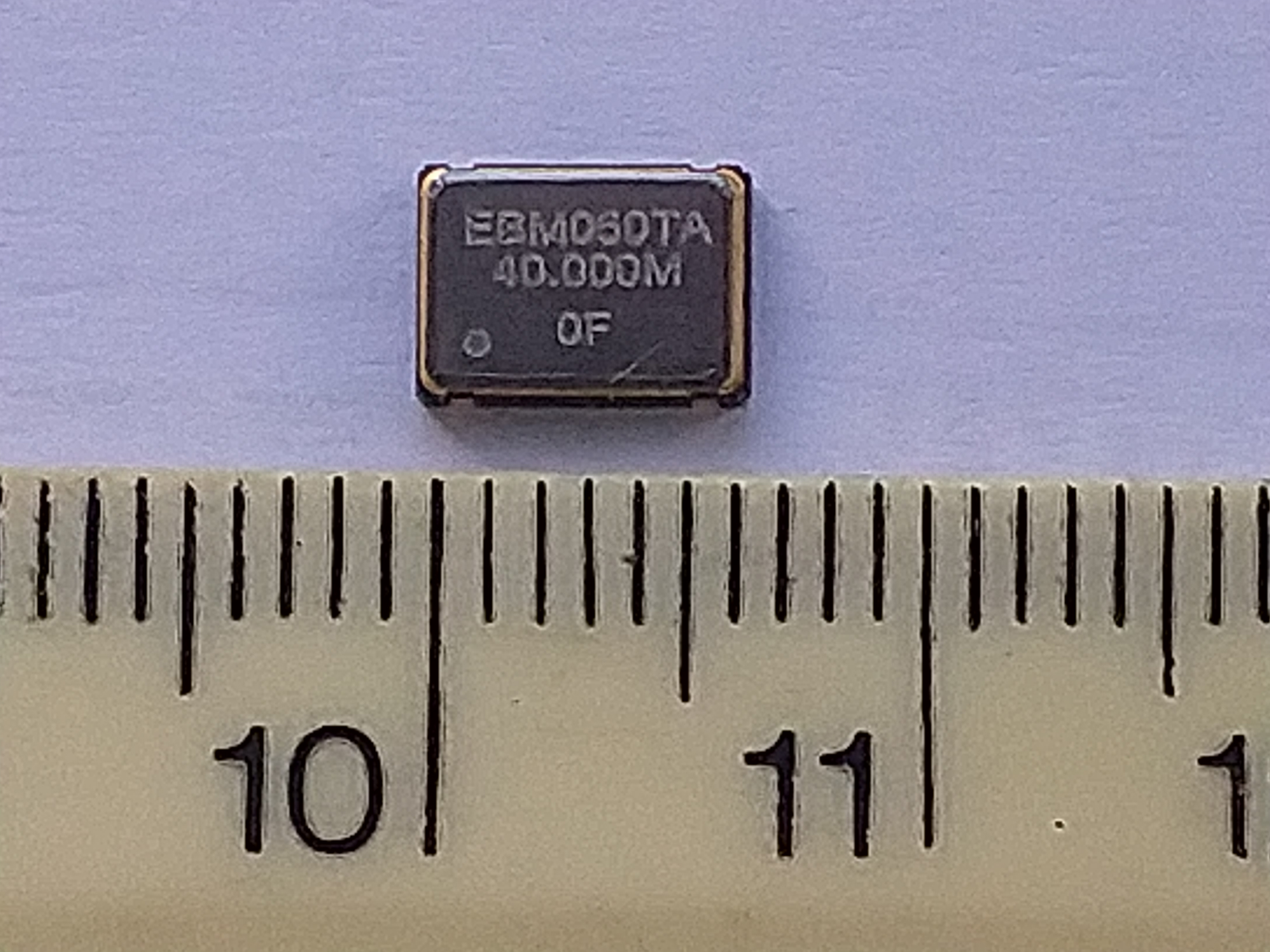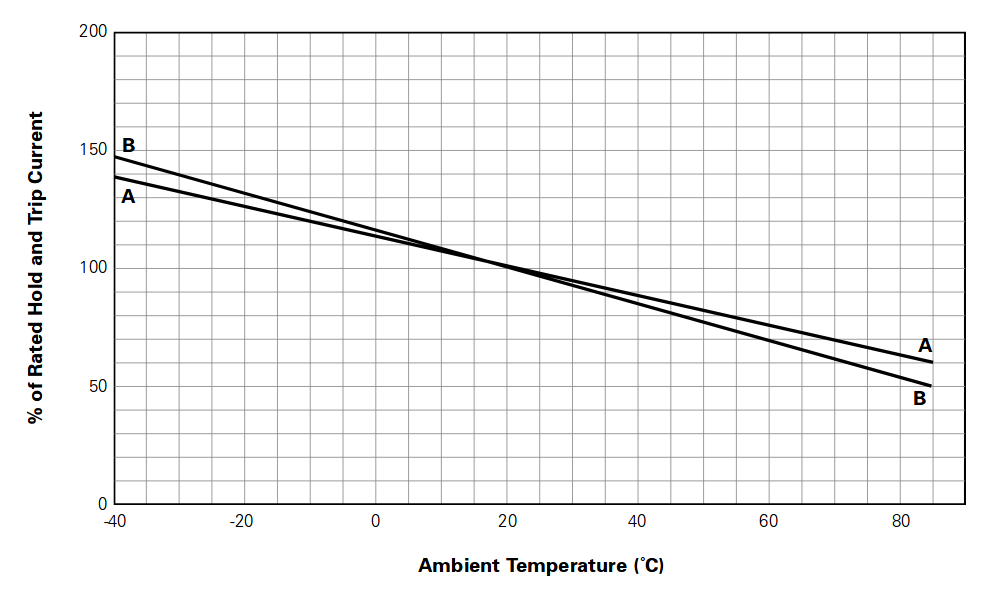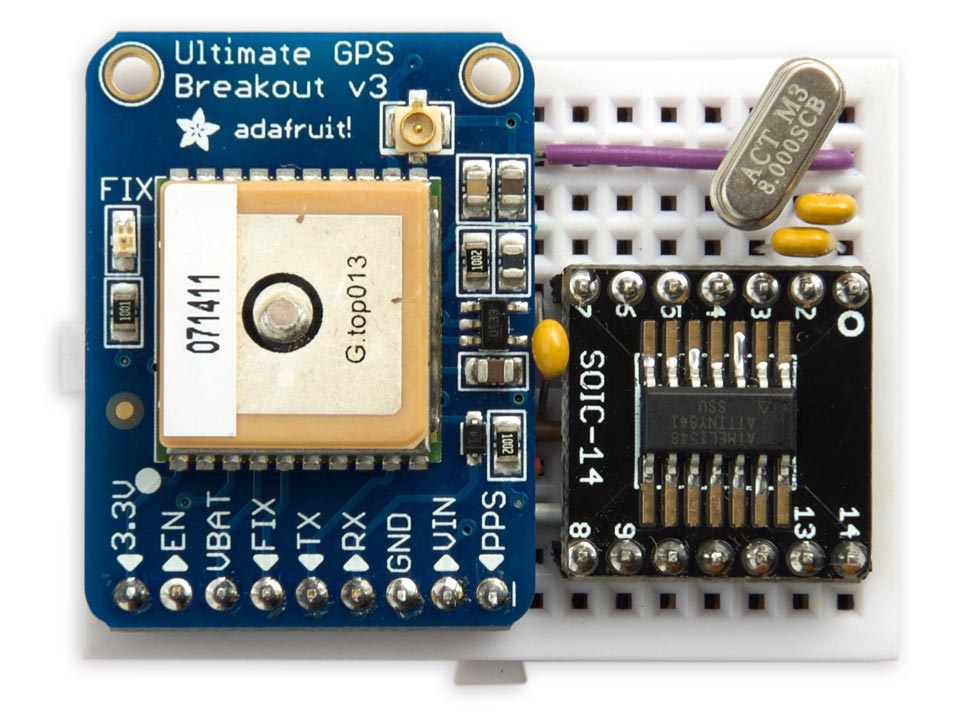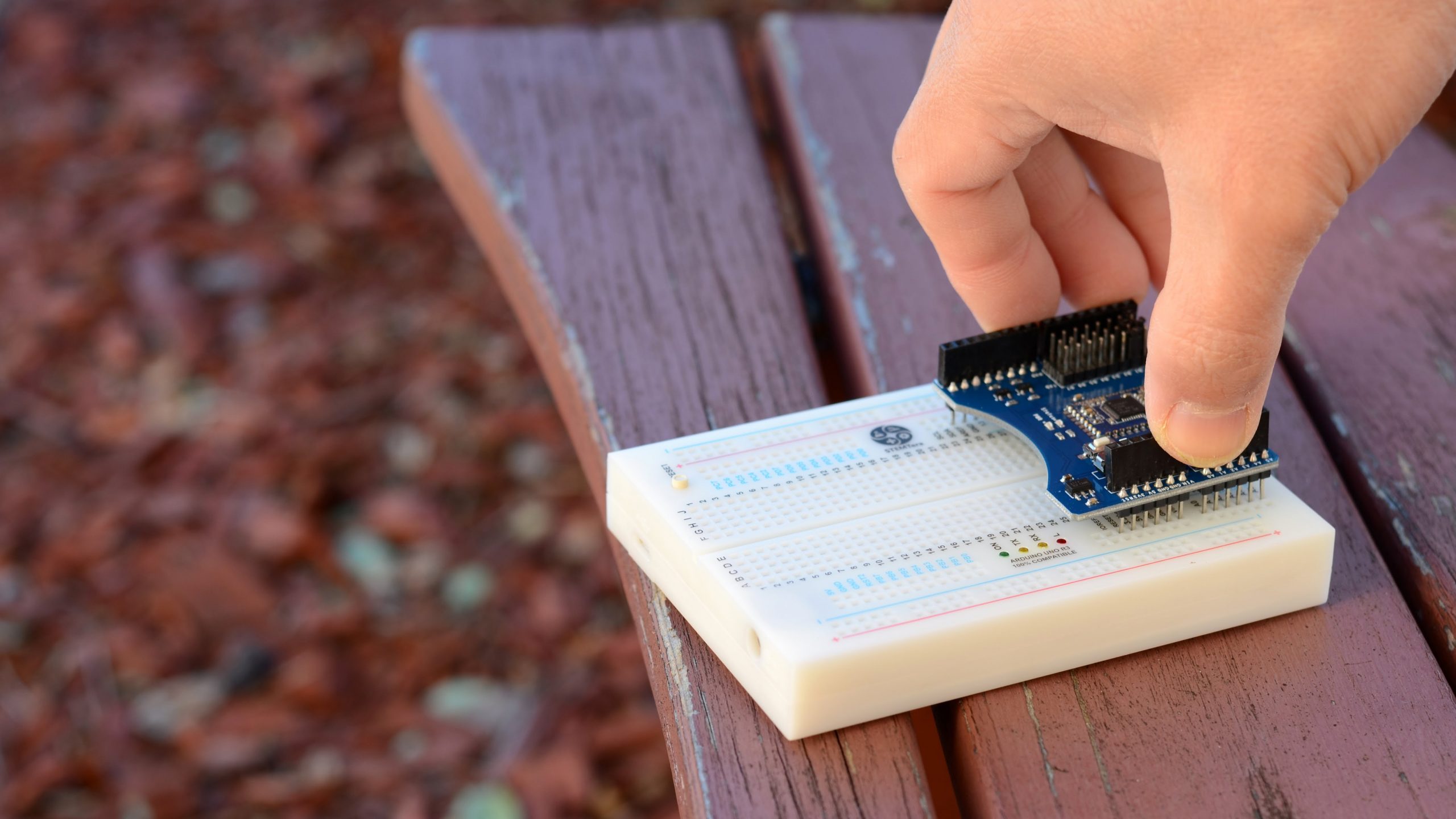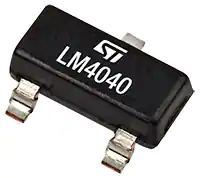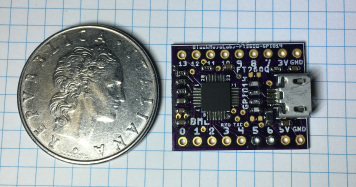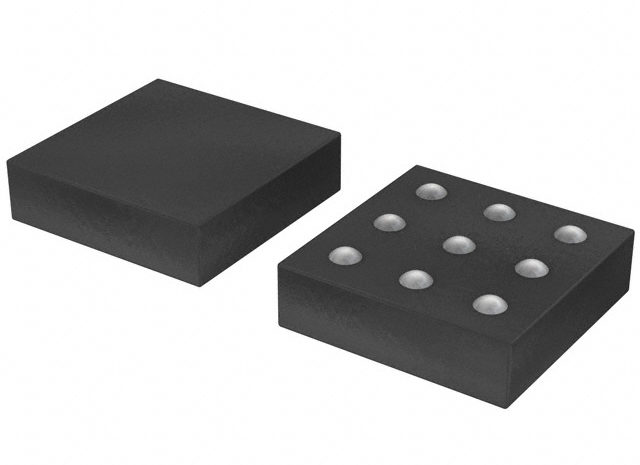
Low quiescent current, also called supply current, might be an important spec for your power-supply design.. by Paul Rako @ electronicdesign.com
Quiescent current is the current that a chip needs to operate even if it’s not delivering power. It’s the bare minimum supply current the chip will use. For buck-regulator chips, improved processes have reduced quiescent currents over the years. The tighter process controls of modern chip manufacturing also mean that the range of Iq from chip to chip will vary less than in the old days.

Iq is why any buck-regulator chip will have worsening efficiency as your circuitry requires less power. Since the Iq is the constant “floor” of power needed to run the chip, it will be a smaller percentage of efficiency loss when the chip is delivering full power than when the chip is just idling, and your circuits that it’s powering are taking their minimum power.
Here are five buck-regulator chips with low quiescent current. Note that a buck-regulator chip is generally thought of as having the power switching transistors inside the part itself. A buck regulator controller uses external power transistors to do the high-current switching.
If you need an efficient switching buck regulator with low supply current, be sure to check out these parts for your next design project.





